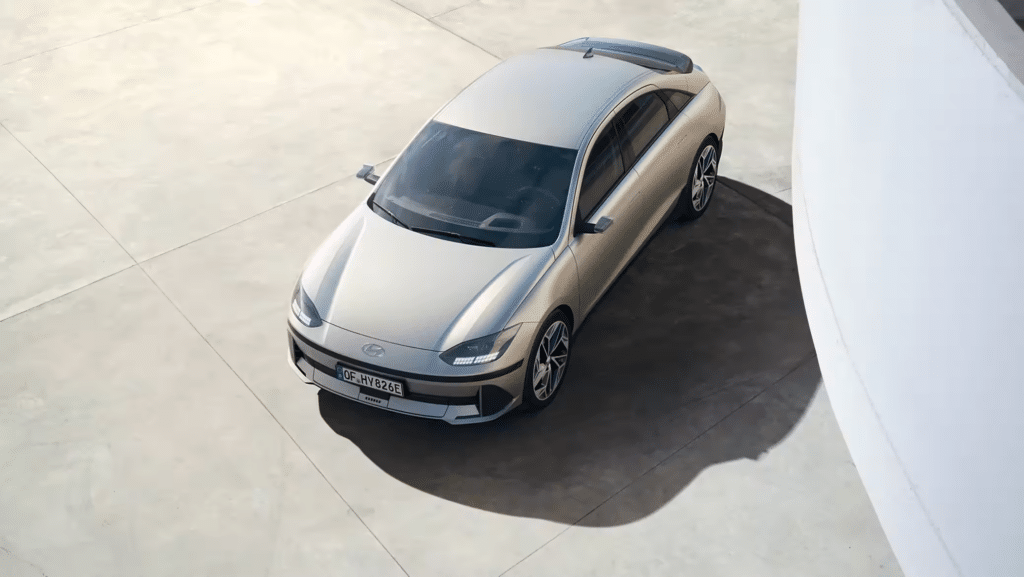Imagine sitting in the passenger seat instead of the driver seat as your car drives itself to your workplace, then it turns around and heads over to your house, saving you parking costs and time. That sounds like a sci-fi movie scene, right? Well, it’s the reality we’re heading towards. Of course, it’s not your first time hearing about electric and robot-operated cars- but what does their future hold? That’s what you’re about to discover!
It’s not all about electrification
When many people talk about the concept of having electric cars and robot-operated cars, they instantly link the innovation to how different devices are now becoming electric. Electric cars don’t just exist to follow the ‘electric trend.’

Courtesy: Tesla
These innovative vehicles are about automation, making car owners passengers and removing the driving load. Instead of stopping to buy gas, people can now drive thousands of miles without gas. The idea is automating things.
What is the primary aim?
Of course, there is always an aim behind every innovation or major development. So it follows that there is a reason the automobile industry is heading towards robot-operated and electric vehicles. So what exactly is this aim?

Courtesy: BMW
These innovative vehicles are designed to enhance mobility for people who cannot drive due to factors like disability and age. Electric and robot-operated cars help people make time for important activities even when they are in transit.
Why would people opt for these cars?
As some companies are beginning to release electric and robot-operated cars, many of us wonder if these cars will take over the future. So the question is, ‘What value is attached to these innovative cars?’

Courtesy: GMC
Electric and robot-operated vehicles offer convenience; car owners have to do practically nothing. More importantly, these innovative cars are said to be a safer ride as they eradicate the possibility of accidents caused by human errors like drowsiness and recklessness.
The future is now, literally
Recent research predicted that the United States’ autonomous vehicles market will become a $186 billion industry by 2030. We expect nothing short of a giant leap because the industry was worth just $4 billion in 2021.

Courtesy: Forbes
This implies that people will soon begin to turn to electric and robot-operated cars; in fact, robot-operated cars are already navigating some roads in different countries. Although most companies don’t have the tech to make their cars totally driverless, enhanced navigation makes driving easier.
Are there still hurdles?
All electric and robot-operated cars have to comply with certain regulations, which differ from state to state. Another challenge is for these cars to handle different unique conditions without human input.

Courtesy: Hyundai
Furthermore, customers will continue to look out for how these innovative cars will benefit them- and this can’t be achieved until when more people have bought the cars. The issue of the vehicles’ high cost makes them inaccessible to many people.
